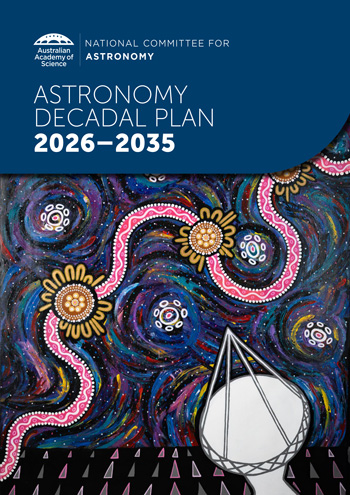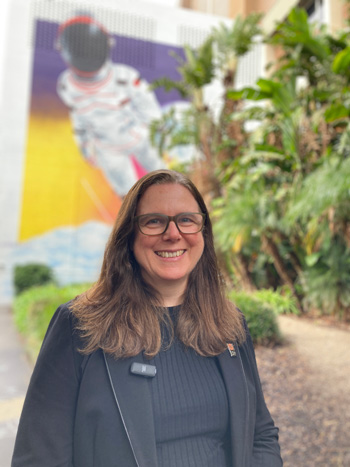
Australian scientists are on the verge of answering humanity's biggest questions about our cosmic origins and whether we're alone in the universe.
But for Australia to remain at the forefront of astronomy research and discovery, our nation's astronomers need access to the next generation of world-leading mega telescopes, including the next generation 30m class telescopes, and 8m class telescope capabilities.
The Chair of the Australian Academy of Science's National Committee for Astronomy, Professor Virginia Kilborn, said one way this could be achieved is through membership of the European Southern Observatory (ESO), an intergovernmental organisation of 16 member states.
The recommendation is included in the Academy's new 10-year plan for astronomy being launched today in Adelaide at the annual meeting of Australia's astronomers.
"Australia's astronomy instrumentation program is thriving and engagement with industry is expanding with astronomy applications in diverse areas including medicine, defence, mining and more," said Professor Kilborn, who is also a radio astronomer and the Chief Scientist at Swinburne University of Technology.

"These achievements are in part due to smart Australian investment in strategic international partnerships, including the ESO and the Square Kilometre Array Observatory (SKAO).
"Mega-telescopes of the coming decade are so large that they go beyond any single-nation effort. Within this interlinked research environment, Australia has a major role to play."
The recommendation for Australia to become a full member of the ESO is among nine priorities in the plan. Other priorities in the plan include:
- capitalising on Australia's engagement with SKAO
- building Australian capacity including strengthening access to high-performance computing, data and software
- building connections with Aboriginal and Torres Strait Islander astronomy
- promoting dark and radio-quiet skies in Australia.
Professor Kilborn said the plan also highlights how Australia's astronomy workforce is delivering value for the nation, from making fundamental scientific discoveries to developing technology and data science capability and growing a high-tech workforce.
"Importantly, this decadal plan is the first time Australia's astronomy community has focused on and incorporated Aboriginal and Torres Strait Islander astronomy.
"We hope this new plan inspires Australians, connects them to our collective endeavour to answer our deepest questions about the cosmos and empowers a new generation of STEM superstars."
Read the Astronomy decadal plan 2026-2035
The Academy acknowledges the financial support provided by CSIRO, Australia's national science agency, and the late Professor Michael Dopita AM FAA to develop this plan.
About the cover artwork
The artwork on the decadal plan's cover is Seven Sisters (2024) by Noeleen Hamlett, Wajarri Yamaji. The artwork is part of the Cosmic Echoes: Shared Sky Indigenous Art Exhibition, which is an SKAO initiative, in collaboration with SARAO, CSIRO and the Wajarri Yamaji Aboriginal Corporation.






